מתוך medicontext.co.il
By Isabella Bordogna
MILAN (Reuters Health) – Italians spend 10,000 billion liras ($4.6 billion) yearly for drugs, 67% of which are prescription drugs. If Italian consumers were to choose nonprescription drugs at least 50% of the time they buy a drug, the Government would save up to 1,400 billion liras, according to a study carried out by Anifa, Italy's national association of pharmaceutical industries for self-prescription drugs.
The research was presented by Professor Carlo Lucioni of the Institute of Health Care Economics during a press conference on "Self Prescription in a Changing Health Care System" held Tuesday in Rome.
The study showed that three Italian regions–Trentino Alto Adige, Emilia Romagna and Lombardia–already choose to spend more in nonprescription drugs, thus helping the Government cut reimbursement costs by up to 25%. If all Italian regions adopted the same policy, the saving in public healthcare expenses would add up to 1,000 billion liras. This could be very easy to do in Italy, the group said, since for many therapeutic categories including analgesics, anti-inflammatory drugs, and antihistamines, it is possible to find nonprescription drugs that are just as good as prescription ones.
In addition, nonprescription drugs in Italy cost about half the price of prescription drugs. Therefore, savings would not only affect the government, but also 21 million Italian families, with each of them saving about 15% per year, according to the study.
A part of the study presented the results of a survey carried out by Eurisko involving Italian GPs. Most of them (76%) seem to understand the importance of nonprescription drugs to cut costs. Seventy-two percent of them said that they understood that the lower price of nonprescription drugs is an important factor when it comes to prescribing drugs for minor diseases like cold, flu, sore throats, and digestive problems, which account for one-third of daily visits in their ambulatories.
Still, GPs are prescribing prescription drugs, which are reimbursed by the government, in 50% of the cases. Only in 12% of cases do GPs prescribe nonprescription drugs for minor illnesses, according to the study results.
GPs, though, say they have a very good opinion of nonprescription drugs. Eighty-two percent of those surveyed said that they think nonprescription drugs are really effective, and 72% of them said that they would like to see an increase in their use.
"The recognition of the role of self-medication as a way of saving both for the Government and for consumers shows the necessity for a broad educational campaign," Angelo Zanibelli, president of Anifa, said during the press conference. "It should involve everyone: doctors, pharmacists, institutions, pharmaceutical companies, consumers associations, patients, and schools."
In conjunction with the release of the study results, Anifa announced a new initiative: a mark for all nonprescription drugs that will be put on each package starting next March, in order to make it easier for pharmacists and consumers to recognize them. The measure was recently approved by the Government


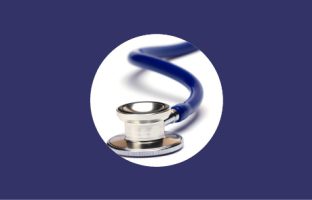


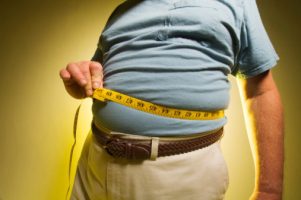
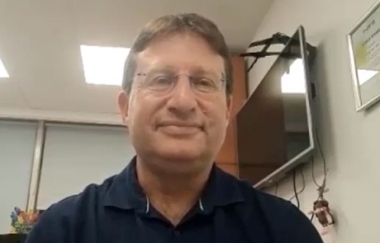
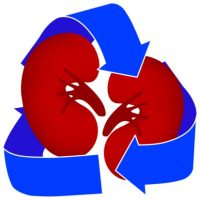



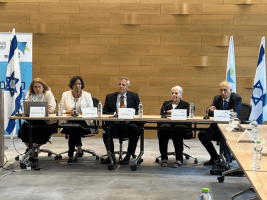







השאירו תגובה
רוצה להצטרף לדיון?תרגישו חופשי לתרום!